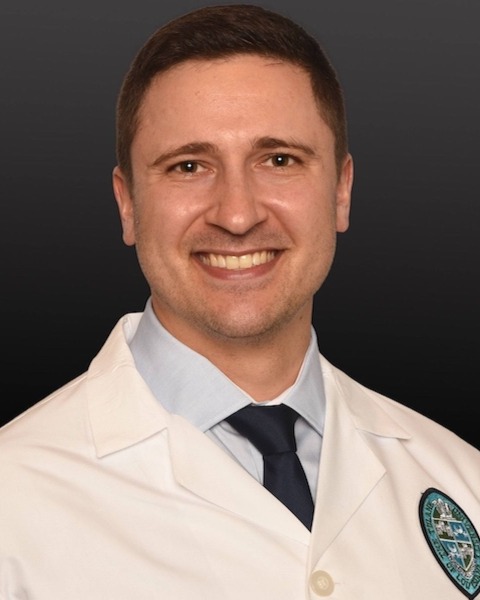Deformity
Use of Subfascial Pain Pumps after Deformity Correction Surgery: A Prospective Comparison Study
Friday, February 21, 2025

Jacob D. Greisman, MD
Spine Research Fellow
University at Buffalo Neurosurgery (UBNS)
University at Buffalo Neurosurgery (UBNS)
Buffalo, NY, US
Presenting Author(s)
Disclosure(s):
Jacob D. Greisman, MD: No financial relationships to disclose
Introduction: Opioid usage has been a long-standing epidemic within the United States with 450,000
deaths secondary to opioid use from 1995 to 2018. After large scoliosis correction
operations patients rely heavily on narcotics for pain control. We aimed to further
investigate and compare if the use of local anesthetic pumps improves patient-reported
outcomes.
Methods: A prospective randomized control trial was conducted after Institutional Board Review
(IRB) approval was obtained and patients undergoing thoracolumbar fusions were
randomized into a treatment group and a placebo group from January 2022 to
December 2023. Patients in the treatment group received Bupivacaine pump and the
patients in the placebo group received normal saline through the pump. Outcomes
measured were basic mobility, Visual Analogue Scale (VAS) for back pain, VAS for right
leg pain, VAS for left leg pain, and complications.
Results: A total of 18 patients were enrolled with 10 patients in the treatment group and 8
patients in the placebo group. A two-sample t-test was used for statistical analysis. A p-
value < 0.05 was considered statistically significant. The mean age in the bupivacaine
group was 65.7 ± 10.5 and 61.1 ± 13.5 years in the placebo group. No significant
difference was observed between the two groups in terms of basic mobility (p=0.08),
VAS back pain (p=0.24), VAS right leg pain (p=0.28), VAS left leg pain (p=0.84).
Conclusion : There was no significant difference in patient-reported outcomes in patients who
received a subfascial pain pump and those who received a placebo. Further studies are
needed to validate these results and long-term opioid usage should also be studied.

.jpg)